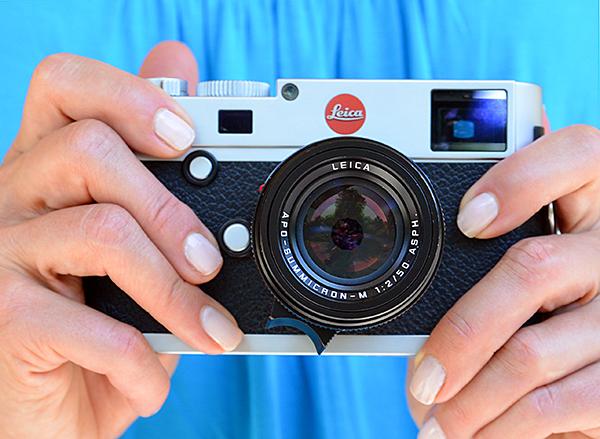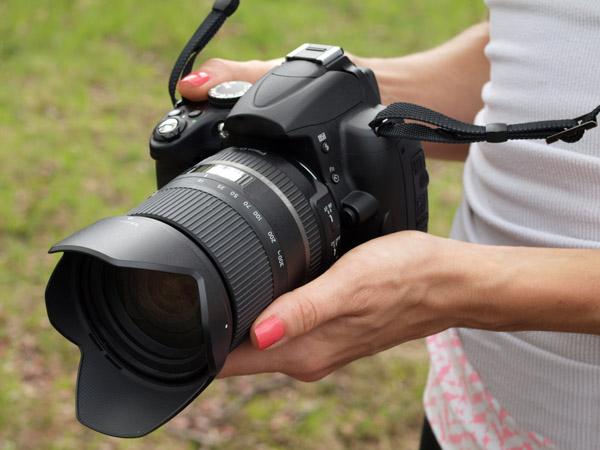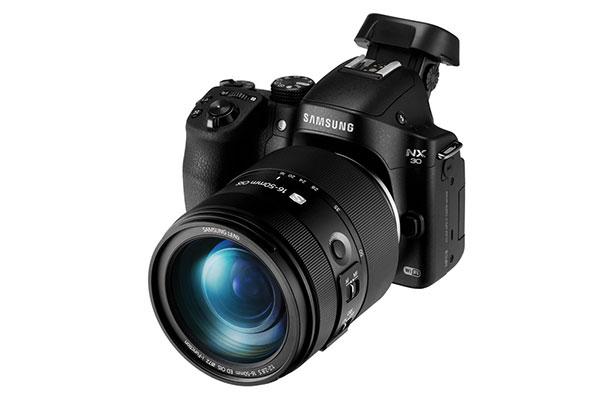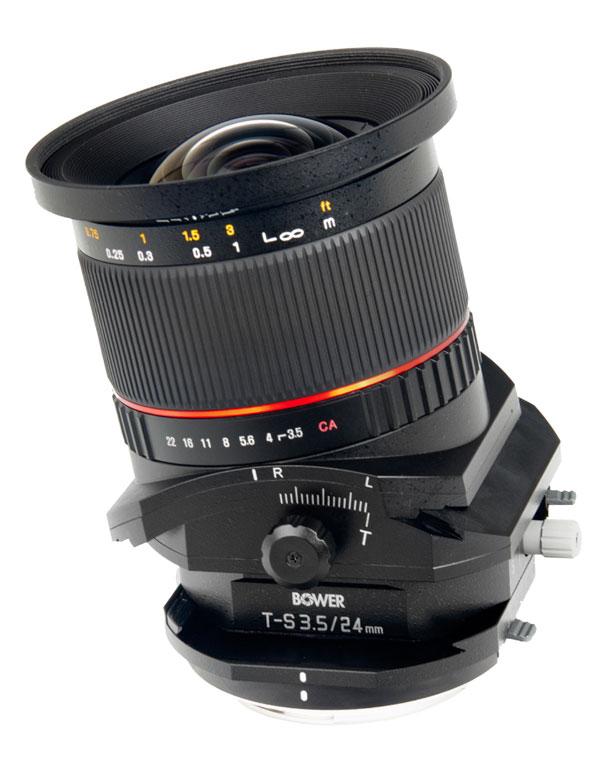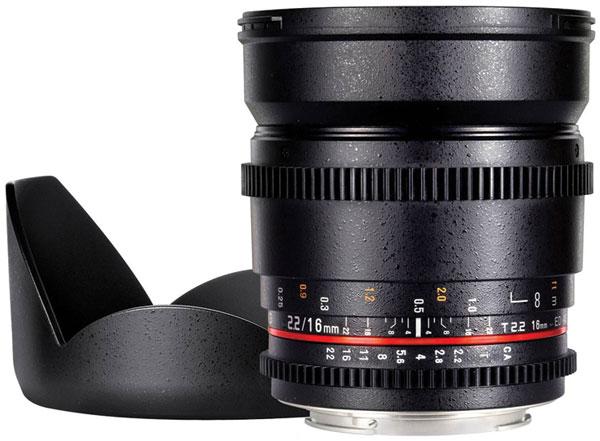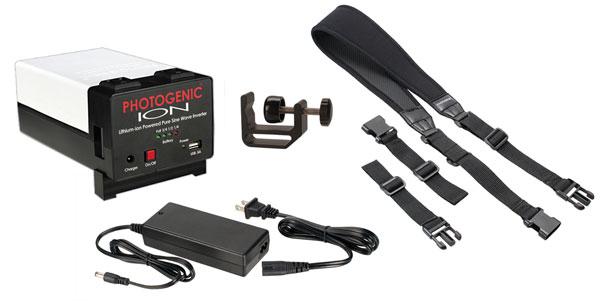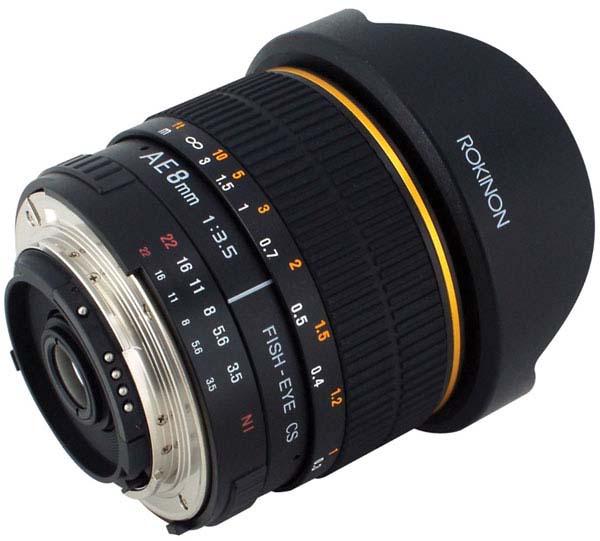|
Jun 25, 2014 |
|
Jun 19, 2014 |
|
May 25, 2014 |
|
Jun 27, 2014 |
First Published: May 01, 2014 |
|
May 06, 2014 |
First Published: Apr 01, 2014 |
|
Apr 15, 2014 |
First Published: Mar 01, 2014 |
|
Mar 17, 2014 |
First Published: Feb 01, 2014 |
|
Feb 21, 2014 |
First Published: Jan 01, 2014 |
|
Dec 10, 2013 |
First Published: Nov 01, 2013 |
|
Dec 17, 2013 |
First Published: Nov 01, 2013 |
|
Oct 29, 2013 |
First Published: Sep 01, 2013 |

